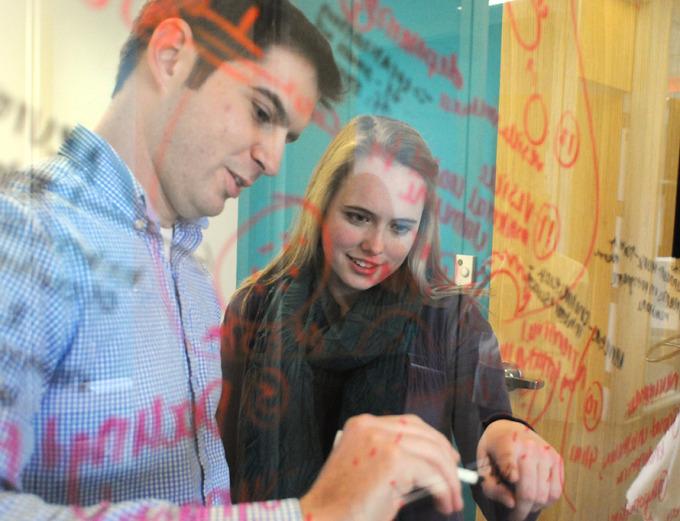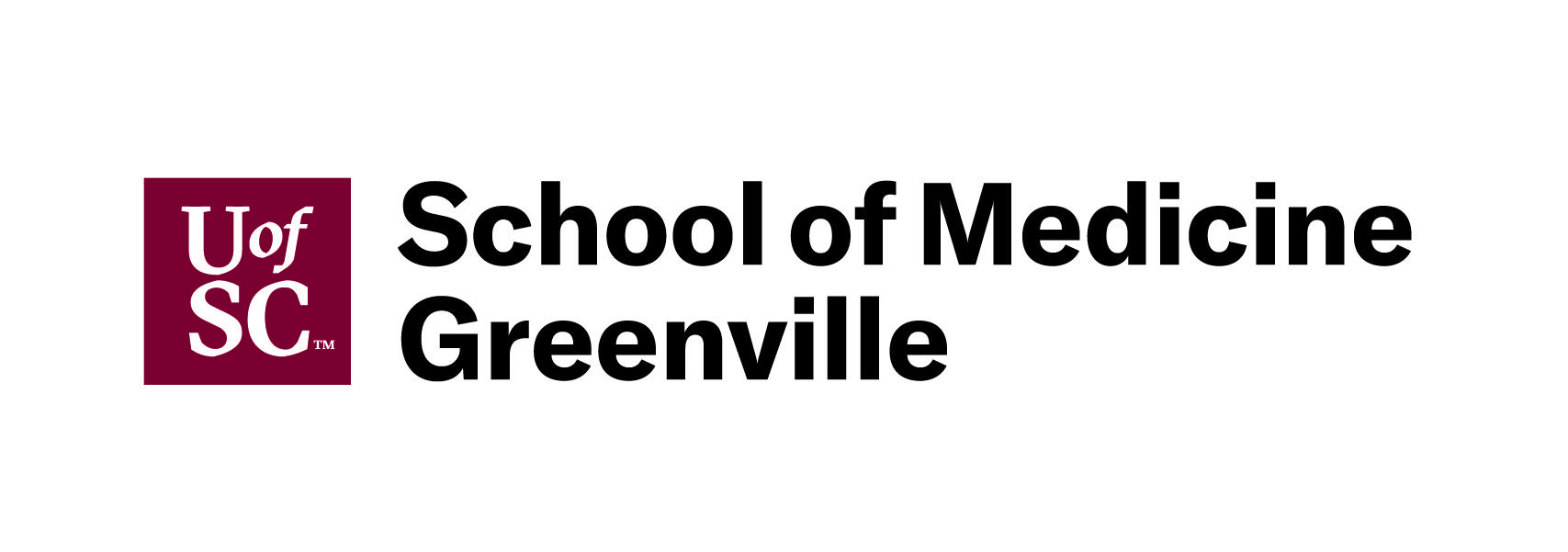
Get the latest articles delivered directly to your inbox!
Our Contributors
Class of 2022
Kyle Duke
Austin Foster
Charlotte Leblang
Ross Lordo
Class of 2021
Dory Askins
Connor Brunson
Keiko Cooley
Mason Jackson
Class of 2020
Megan Angermayer
Carrie Bailes
Leanne Brechtel
Hope Conrad
Alexis del Vecchio
Brantley Dick
Scott Farley
Irina Geiculescu
Alex Hartman
Zegilor Laney
Julia Moss
Josh Schammel
Raychel Simpson
Teodora Stoikov
Anna Tarasidis
Class of 2019
Michael Alexander
Caitlin Li
Ben Snyder
Class of 2018
Alyssa Adkins
Tee Griscom
Stephen Hudson
Eleasa Hulon
Hannah Kline
Andrew Lee
Noah Smith
Crystal Sosa
Jeremiah White
Jessica Williams
Class of 2017
Carly Atwood
Laura Cook
Ben DeMarco
Rachel Nelson
Megan Epperson
Rachel Heidt
Tori Seigler
Class of 2016
Shea Ray
Matt Eisenstat
Eric Fulmer
Geevan George
Maglin Halsey
Jennifer Reinovsky
Kyle Townsend
Join USCSOMG students on their journeys to becoming exceptional physician leaders.

The Blended Learning Experience
A romantic vision of medical school likely involves several elements: a large lecture hall, a wise faculty member lecturing on a specific topic, and a group of medical students enthralled by their teacher’s vast knowledge and oratorical style.
Reality is much different from the scenario above, particularly at the USC School of Medicine Greenville. Smaller, more intimate learning studios have replaced large lecture halls. Instead of an individual lecturing on a single topic, interdisciplinary teams of faculty lead discussions addressing multiple perspectives. And today’s students, born and raised on a steady diet of technology, look to faculty to lead and engage them in material with the help of multi-media teaching aids.
Recognizing this new reality lead to the creation of “blended learning,” an integrated approach that combines interactive sessions and computer-mediated activities, with self-paced and collaborative learning strategies. Our motivation was simple: when considering learning as a continuous process, it is important to provide our students with different means to access and interact with instructional materials individually and/or in a small group setting. We also considered the characteristics of today’s Millennial students, who value instructional strategies that provide clear structure, support group learning, actively involve students in the learning process, and provide feedback for students to monitor their learning progress.
To promote self-directed learning and to overcome the challenges of providing learning opportunities that allow students from diverse educational backgrounds to master a large amount of basic science content in a limited time, we developed self-learning modules (SLMs; http://grsomgtissues.ds.sc.edu/SLM.htm). These modules consist of instructional materials that are self-contained, interactive, with images and narrations, and include quizzes for self-assessment. The goal for developing SLMs is to provide basic background material as a foundation to actively engage students in high quality classroom discussions. SLMs are designed to help students develop an initial simple schema that could be used effectively to process information of increasing complexity during classroom interactions. We understand some of our students lack histology foundational knowledge, and never had a histology course before matriculation into the medical school. For those students, the required pre-class reading can be overwhelming because of the extensive details in the textbooks. Introducing the basic information in a concise, self-paced, highly structured form will help them spend less time using SLMs to reach the same goal of the required pre-class reading.
For students to better construct and encode additional information, the in-class experiences are followed by laboratory sessions. An interactive computer-based laboratory manual was created to fulfill the needs of today’s Millennial students. The overarching goal of developing the manual was to facilitate self-directed group interactivities that actively engage students during laboratory sessions. The manual includes an overview and clear objectives for the laboratory activities, provide group activities in support of discovery learning, and generate laboratory reports to be used for faculty and peer feedback. The manual provides guided instruction for students to navigate virtual slides, exercises for students to monitor learning, and cases to provide clinical relevance. At the end of the laboratory activities, student groups generate a laboratory report that is shared with faculty and subgroups to provide formative feedback.
Our blended learning approach offers individualized and group computer-based, self-directed experience supported by direct interaction with faculty in a classroom setting. Using SLMs and the laboratory manual to encourage self-directed learning is consistent with the USC School o Medicine Greenville’s goal of helping our students develop the skills for life-long learning, as self-directed learning supports personal autonomy, self-management, learner-control, and an independent approach to learning.
Transforming Medical School Blog
Copyright 2021 USC School of Medicine Greenville


